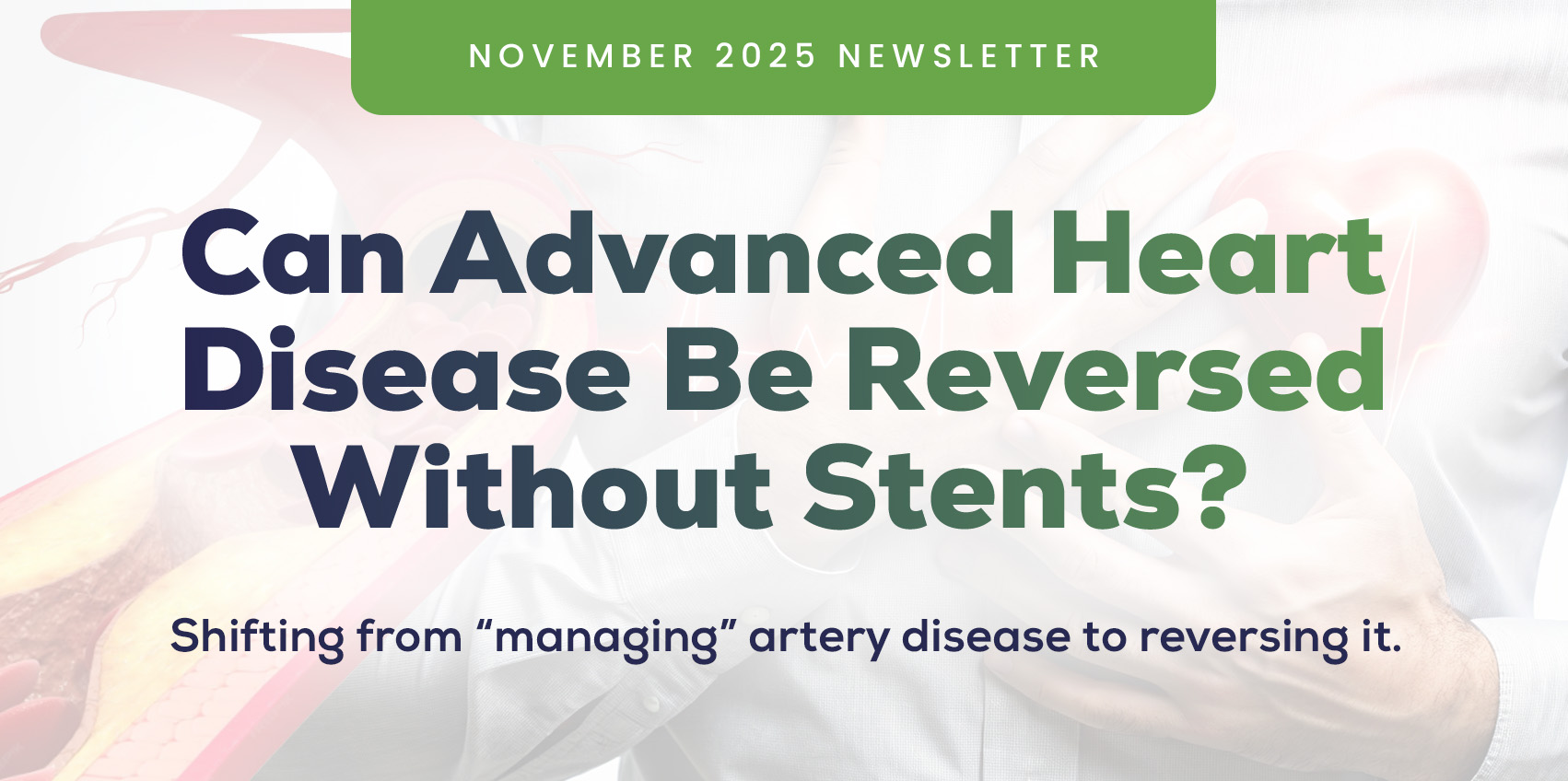It's well-known that excess body fat can have serious negative consequences for your health. Many of the steps you may take to lose weight, such as eating better and getting more exercise, are aimed at lowering the amount of fat stored in your body. But did you know that not all types of fat are the same, and some types of fat are more dangerous than others?
Unlike the fat you can pinch, visceral fat isn't visible to the naked eye. It wraps around your organs, leading to a host of health issues if it accumulates excessively. It's crucial to understand why this particular type of fat is a hidden threat to your health and how you can manage it effectively.
At HealthspanMD™, Dr. Todd Hurst and his team are dedicated to helping you take steps to improve your Healthspan, from reducing visceral fat to making lifestyle changes that have a long-term impact on your well-being. With our personalized HealthspanMD Action Plan, we provide you with the resources, tools, and guidance to build a healthier future so you don't just add years, but quality years, onto your lifespan.
So why is visceral fat so dangerous? Keep reading to find out.
Understanding Visceral Fat
Visceral fat, often dubbed the 'invisible fat,' is distinct from other types of fat within your body. Unlike subcutaneous fat, which sits directly under your skin, or the fat stored in specific areas like your thighs or arms, visceral fat is tucked away in the abdominal cavity, surrounding your vital organs such as the heart, pancreas, and liver.
This hidden aspect of visceral fat makes it particularly hazardous. It's not something that's immediately noticeable with weight gain, or something you can measure simply by looking at your body weight or calculating your BMI. This is why even individuals who participate in the best weight loss programs and fall within a healthy weight range can still have dangerous levels of visceral fat.
The Dangers of Visceral Fat
Excessive visceral fat is linked to a host of health risks and chronic diseases. It's important to note that while maintaining a healthy weight can reduce the risk of excess visceral fat, weight loss programs are not the end-all-be-all for eliminating it. Even individuals who fall within a healthy weight range may still carry high levels of visceral fat, largely due to their eating habits and lifestyle choices.
One of the greatest risks of visceral fat is its strong correlation with heart disease. It has been identified as one of the most significant cardiovascular risk factors. The 'invisible fat' surrounding the heart can increase blood pressure, raise cholesterol levels, and cause inflammation, all of which are linked to a higher risk of heart disease. Individuals with high levels of visceral fat are also more likely to develop heart disease, regardless of their overall weight. This underscores the importance of not just losing weight, but specifically targeting visceral fat to improve heart health.
Visceral fat is also a significant risk factor for diabetes. It can affect the body's insulin resistance, a key feature of type 2 diabetes, making it harder for the body to control blood sugar levels. Over time, this can lead to the development of diabetes, with all its associated complications and health risks.
The health risks associated with excess visceral fat go far beyond what your scale may indicate. This is why a comprehensive understanding of your body's fat composition, and not just your overall weight, is crucial for maintaining optimal health.
Detecting Visceral Fat
Detecting visceral fat goes beyond regular weight management techniques and requires a more in-depth approach than a typical weight loss program. While body mass index (BMI) and waist circumference measurements provide general insights into a person's weight status, they're not specific enough to accurately quantify the amount of visceral fat.
That's where DEXA scans come into play. DEXA (Dual-Energy X-ray Absorptiometry) is a highly precise medical imaging technique used to measure various aspects of body composition, including visceral fat. This non-invasive procedure allows cardiologists like Dr. Hurst to visualize the fat located deep in the abdomen and provide a clear picture of your body's fat distribution.
Remember, detecting visceral fat is just the first step. The ultimate goal is to manage and reduce this risk factor.
The HealthspanMD™ Approach to Visceral Fat
At HealthspanMD™, our approach to managing visceral fat centers around the HealthspanMD Action Plan. This comprehensive program doesn't merely aim to help you lose weight but emphasizes sustainable weight loss and overall well-being through the adoption of a healthy lifestyle.
A key part of this plan is the Healthspan-10™, a ten-factor strategy that guides you toward achieving a healthier and longer life. The Healthspan-10™ focuses on adopting a healthy diet rich in healthy fats and low in heavily processed foods. It promotes healthy eating habits that can contribute significantly to reducing visceral fat.
The HealthspanMD Action Plan is about more than just diet plans, however. Unlike diet programs, it encourages a holistic view of health that incorporates diet, exercise, sleep quality, stress management, and other factors.
For example, your HealthspanMD Care Coordinator will recommend regular physical exercise customized to you and your lifestyle, particularly activities that strengthen the heart, lower blood pressure, and improve cardiovascular health. Dr. Hurst will also recommend regular screenings to track progress and ensure that your visceral fat levels are decreasing.
Get Started With Phoenix's Top Cardiologist
The HealthspanMD Action Plan provides a personalized roadmap to not only lose weight but also live a healthier and more fulfilling life. Through this approach, you can effectively manage and reduce visceral fat, reduce your risk of associated health complications, and enhance your overall well-being.
Want to learn more? Ready to get started with the best cardiologist Phoenix has to offer? Schedule a Call with a HealthspanMD™ New Patient Advisor today, where health and care come together.








.png)
